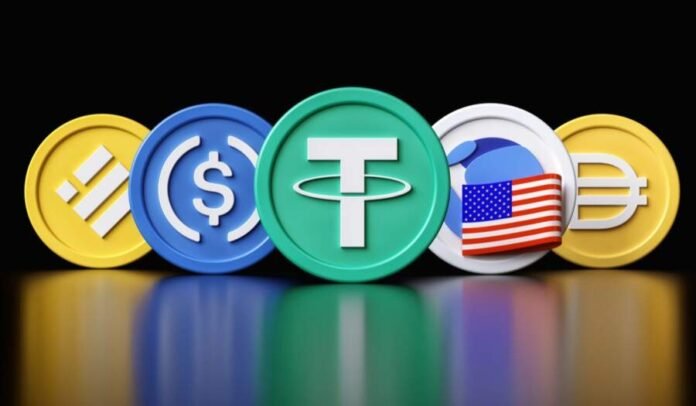Stablecoins are a revolutionary asset within the cryptocurrency market, providing individuals with all of the benefits associated with digital currencies but also offering stable prices. Stablecoin transactions involve low fees and provide quick transfers between wallets across international borders in any currency. Furthermore, users can trust that their funds will remain safe as their value is pegged to an underlying fiat currency or other reserve assets such as gold.
With more companies embracing blockchain technology every day, it’s no wonder why investors have increasingly welcomed these versatile coins into their portfolios! Stablecoins have many risks and limitations for people active in the crypto space. Blockchain technology keeps on evolving so we have to be proactive and vigilant in minimizing the risks related to new developments. If you are interested in bitcoin trading then you can visit online trading platforms like quantumAI trading
Regulatory Risks
The major threat to stablecoins will be regulatory risk. Stablecoins are subjected to the same legal scrutiny as regular monetary instruments and are frequently subjected to extra regulation due to their connection with cryptocurrencies. The possibility of regulatory adjustments to influence the valuation of the stablecoin is among the principal regulatory consequences related to stablecoins. If a fiat currency, for example, alters the regulatory environment for that currency supported by a stablecoin, might impact the balance of the stablecoin.
In addition, legislative modifications might impact the capability of stablecoin issuers to function in a few countries which may result in a loss of faith in the stablecoin along with a decline in its value. Stablecoins likewise present the possibility for greater supervision as well as compliance requirements, and that is yet another legal risk. This might allow it to be more costly for stablecoin issuers to adhere to laws and keep the balance of the stablecoins. The regulation uncertainties may result in an absence of investment as well as acceptance of stablecoins, which may restrict their potential and growth as a monetary tool.
Market Risks
They utilized stablecoins to lessen volatility within the cryptocurrency space. Stablecoins are, though, not immune to market dangers. Stablecoins possess the ability to create an illusion of stability, and that is among their major market risks. Investors frequently look at stablecoins as dependable assets, which could make them think that they can weather market fluctuations. Market circumstances still can impact stablecoins, but that is not necessarily correct.
The stablecoin market is usually affected by stablecoins. They utilized stablecoins to improve the worth of various other cryptocurrencies. This may produce a bogus sense of security in the stock market. If stablecoins abruptly fall in value, this may result in a sell-off which impacts the worth of all cryptos.
Stablecoins additionally present the possibility for manipulation and fraud, and that is yet another market danger. In case a stablecoin issuer or maybe another individual has substantial command over the stablecoin, they could alter its worth for their very own benefit. This might create a decrease in trust in stablecoin as well as a decline in its value.
Centralisation Risks
Stablecoins are popular since, among some other things, they provide stability as well as low volatility. They’re very sought after by traders and investors alike. The stability of these electronic assets though, involves a cost, particularly when it comes to centralization risks. Centralized stablecoins typically backed up fiat currencies, commodities and additional assets held by an official body. What this means is that the security of the stablecoin is dependent upon that individual’s solvency and trustworthiness.
Centralised stablecoins offer predictability and stability, however, they also present substantial dangers to the balance of the cryptocurrency sector. The concentration of power within many entities is among the significant dangers related to centralized stablecoins. This one point of failure produces one point of threat for cybercriminals and other security breaches.
Read Also: Trade Cryptocurrencies Like a Pro With CryptoGenius

































































![5 Ways to Fix Spotify Not Working [Best Guide] Fix Spotify Not Working](https://www.apzomedia.com/wp-content/uploads/2023/12/Fix-Spotify-Not-Working-100x70.jpg)

